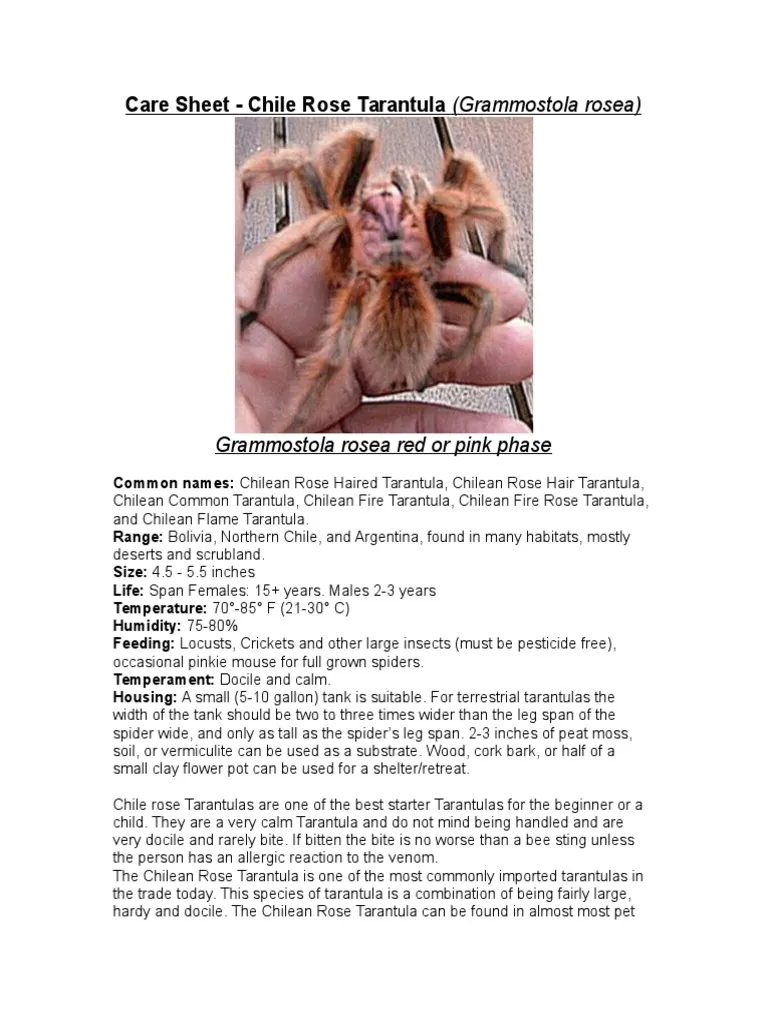Balfouri Tarantula: An Introduction
The Balfouri tarantula (Monocentropus balfouri), also known as the Socotra Island Blue Baboon tarantula, is a captivating species prized by tarantula enthusiasts for its striking appearance and communal nature when young. Native to the arid environments of Socotra Island, this species presents a unique set of care requirements that, when met, allows keepers to enjoy their beauty and behaviors for years to come. Their striking appearance includes a tan to orange body and legs, with a carapace that can be a bit darker, almost black in some cases, and a blue-ish hue is more common in younger tarantulas, that becomes more prominent as they molt, though their coloration can vary depending on their age and specific genes.
Origin and Habitat
Understanding the natural habitat of the Balfouri tarantula is crucial for providing appropriate care in captivity. These tarantulas originate from the Socotra Island, a unique island known for its diverse and often harsh environment. The climate is typically arid, with temperatures fluctuating and humidity levels relatively low. The terrain includes rocky landscapes and sparse vegetation, providing a habitat that these spiders have adapted to over millennia. Replicating this environment is the first step to providing a healthy and happy Balfouri tarantula.
Understanding the Balfouri Tarantula’s Natural Environment
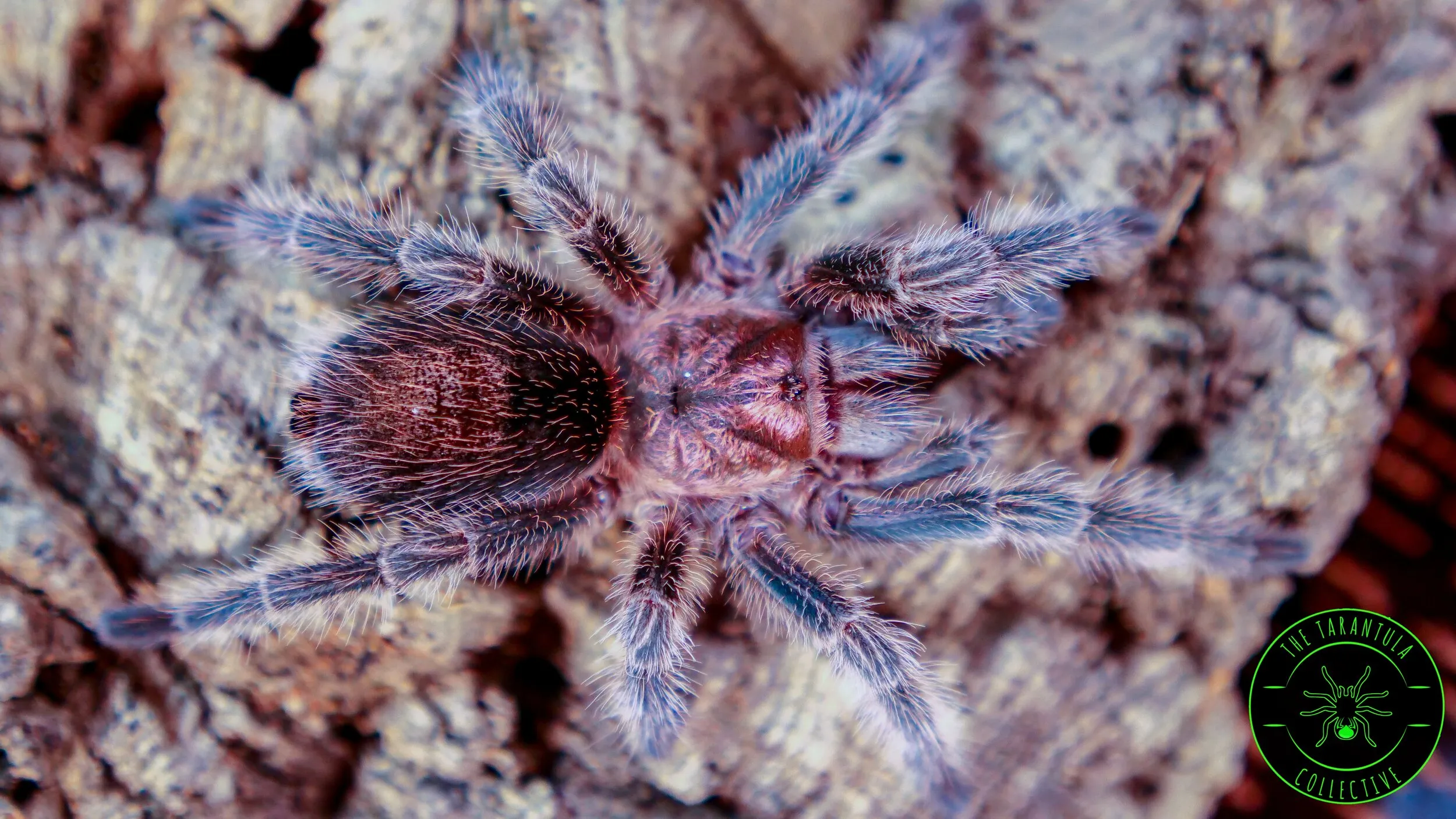
The Balfouri tarantula’s natural habitat is characterized by specific environmental conditions. The arid climate of Socotra Island dictates the tarantula’s adaptations, which influence their behavior and care needs. They are accustomed to variations in temperature, and humidity tends to be low. The availability of shelter, such as burrows in rocky terrain, is also a critical aspect of their survival. These tarantulas have evolved to thrive in these conditions and understanding the specifics allows for better care in a captive setting.
Why This Matters for Captive Care
Knowing the origins of your Balfouri tarantula offers insights into their needs. By understanding the tarantula’s natural environment, you can make informed decisions about the best enclosure type, substrate, temperature, and humidity levels. This knowledge allows you to create an environment that mimics their natural habitat, reducing stress and promoting optimal health. A captive environment that closely mirrors their natural one will improve the chances of a longer, healthier life for your Balfouri tarantula, with more natural behaviors on display.
Essential Care Tips for Your Balfouri Tarantula
Caring for a Balfouri tarantula involves several key aspects that impact its well-being. Proper housing, environmental control, feeding practices, and safety precautions are essential for ensuring a healthy and thriving tarantula. This section provides an overview of these fundamental care tips, equipping keepers with the knowledge to provide optimal care. Following these guidelines will help create an environment that is conducive to the tarantula’s health and happiness, allowing you to enjoy the unique beauty and behaviors of this remarkable species.
Tip 1: Housing Your Balfouri Tarantula
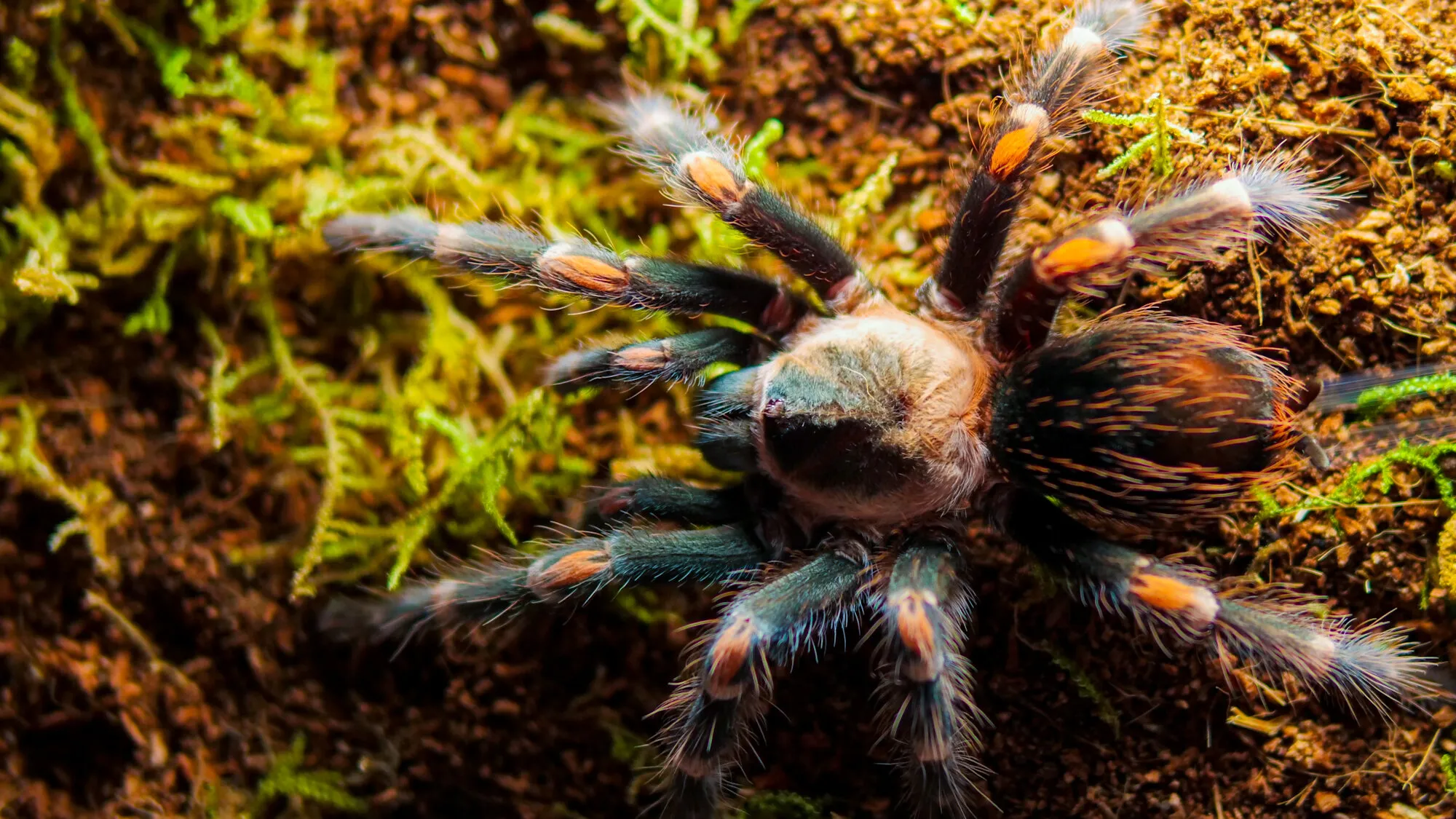
Providing appropriate housing is the first step in Balfouri tarantula care. The enclosure should be properly sized and well-suited to their needs. The right enclosure provides shelter, and helps maintain correct temperature and humidity. Proper housing also allows keepers to provide the proper type of substrate, essential for burrowing and normal behavior. Careful attention to enclosure design will ensure your Balfouri tarantula’s well-being.
Choosing the Right Enclosure Size
The size of the enclosure is critical for the well-being of your Balfouri tarantula. A general rule is that the enclosure should be at least twice the tarantula’s leg span in width and length, and the height should be sufficient to allow for a substrate depth that is appropriate for burrowing. While juveniles can be housed in smaller containers, they will require larger enclosures as they grow. Be sure to select an enclosure that will comfortably accommodate them when they reach their adult size, providing enough space for movement and enrichment.
Substrate Selection for a Happy Tarantula
The substrate provides the foundation for your tarantula’s habitat, serving multiple purposes. A good substrate offers a suitable environment for burrowing, which is natural behavior, and helps maintain humidity levels. Suitable substrate choices for Balfouri tarantulas include a mixture of peat moss, vermiculite, and coco fiber. Ensure the substrate is at least 4-6 inches deep, allowing them to burrow. Regular spot cleaning of the substrate is important, and the complete substrate replacement is recommended every six months to prevent the buildup of waste and bacteria.
Tip 2: Maintaining the Ideal Environment
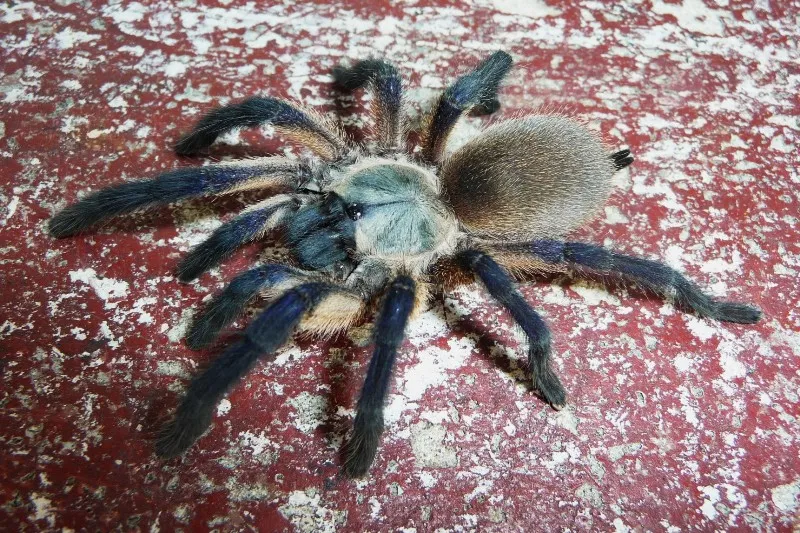
Maintaining the correct environmental conditions is crucial for the health and well-being of your Balfouri tarantula. This involves regulating temperature and humidity levels, key factors in replicating their natural habitat. Accurate monitoring and adjustments will ensure the environment is ideal, promoting optimal health, encouraging natural behaviors, and providing a comfortable living space. Regular monitoring and adjustments are key to successful long-term care.
Temperature Requirements
Balfouri tarantulas thrive in a warm environment. The ideal temperature range is typically between 75°F and 85°F (24°C and 29°C). Use a thermometer to monitor the temperature within the enclosure. If the temperature is too low, you can use a heat pad or a low-wattage heat lamp to increase it. It is important to avoid direct heat sources, and make sure there is a temperature gradient in the enclosure so the tarantula can regulate its own body temperature. Consistent temperature maintenance is crucial for their metabolic processes and overall health.
Humidity Control
Balfouri tarantulas prefer low to moderate humidity levels, usually between 60% and 70%. Use a hygrometer to monitor humidity levels within the enclosure. Maintain this humidity by lightly misting the enclosure every week, or as needed. The substrate should be kept slightly moist but not waterlogged. Proper ventilation is also essential to prevent mold and mildew. Maintaining the right humidity levels helps with their molting process, and it also prevents health problems such as fungal infections.
Tip 3: Feeding Your Balfouri Tarantula
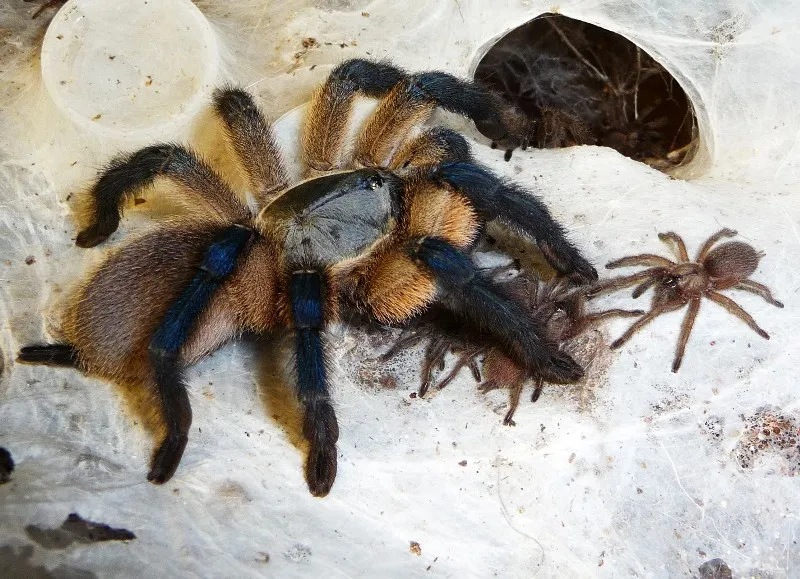
Feeding your Balfouri tarantula is a fundamental aspect of their care, providing the energy and nutrients they need to grow and thrive. Understanding their dietary needs, as well as the appropriate food choices and feeding frequency, will ensure a healthy diet, leading to a happy tarantula. Proper feeding practices are essential to maintaining their overall health and well-being. Remember to always remove uneaten food to maintain a clean enclosure.
Appropriate Food Choices
Balfouri tarantulas are primarily insectivores, with their diet consisting mainly of insects. Appropriate food choices include crickets, dubia roaches, mealworms, and other commercially available feeder insects. The size of the insects should be appropriate for the size of the tarantula, with juvenile tarantulas needing smaller prey and adults being able to consume larger insects. Ensure the insects are gut-loaded with a nutritious diet before feeding, enhancing the nutritional value of the meal. This also means providing fresh water for the insects, improving their nutrition.
Feeding Frequency
The feeding frequency depends on the age of the tarantula. Spiderlings and juvenile Balfouri tarantulas should be fed more frequently, typically every 3-4 days, while adult tarantulas can be fed less often, around once a week. Adjust the feeding schedule based on the tarantula’s appetite and body condition. Overfeeding can lead to obesity and molting issues, while underfeeding can stunt growth. Monitor the abdomen size as an indicator of the tarantula’s health and feeding needs.
Tip 4: Handling and Safety Precautions

Handling your Balfouri tarantula should be approached with caution and understanding. While some keepers enjoy handling their tarantulas, it is important to prioritize the safety and well-being of both the tarantula and yourself. Knowing when to avoid handling, and following safe handling techniques is essential. These precautions are paramount to preventing injury to the tarantula and avoiding potential bites or other negative interactions. Always approach the tarantula calmly and be observant of its behavior.
When to Avoid Handling
There are several situations in which handling a Balfouri tarantula should be avoided. Avoid handling during and shortly after molting, as the exoskeleton is soft and vulnerable during this period. Also, avoid handling if the tarantula appears stressed or defensive, or if it displays warning behaviors such as raising its front legs or displaying its fangs. Similarly, it is not recommended to handle newly acquired or stressed tarantulas. Observe your tarantula’s behavior and respect its boundaries for a safer experience.
Safe Handling Techniques
If you choose to handle your Balfouri tarantula, follow safe handling techniques. Handle the tarantula close to a soft surface, such as a bed or a low table, to minimize the risk of injury if it falls. Use a soft brush to gently encourage the tarantula to move onto your hand. Avoid sudden movements and loud noises that could startle the tarantula. Always wash your hands thoroughly before and after handling, and be gentle with the tarantula. If the tarantula displays any signs of stress or aggression, gently return it to its enclosure.
Tip 5: Recognizing and Addressing Health Issues
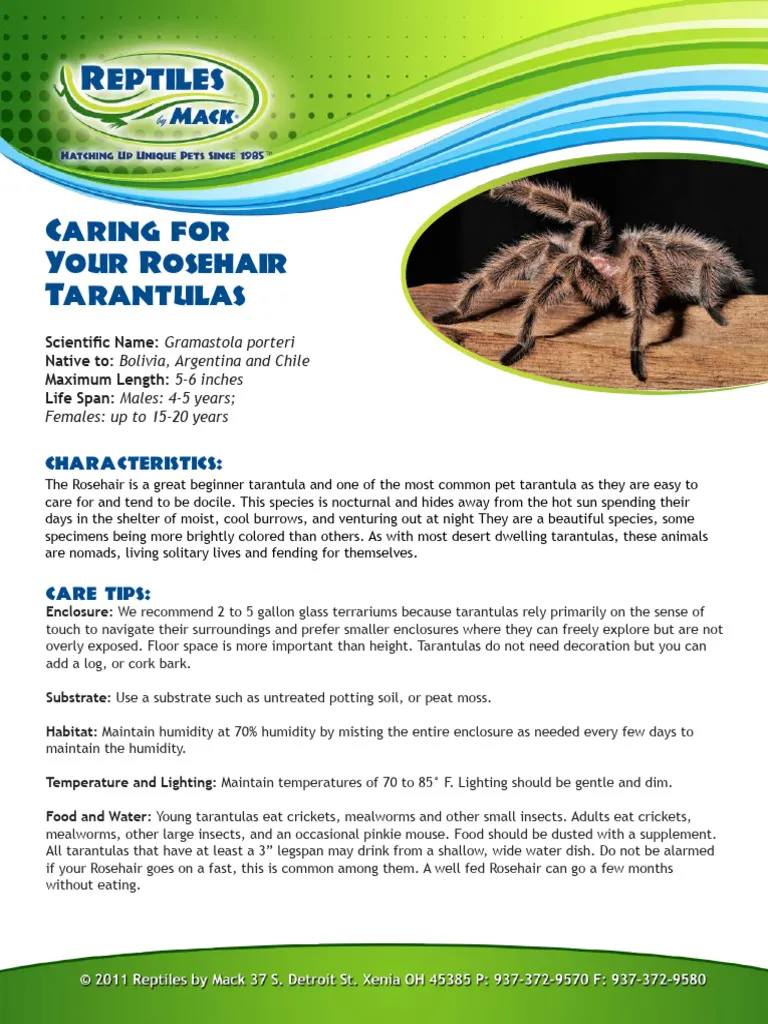
Being able to recognize and address potential health issues is critical for keeping your Balfouri tarantula healthy. Common health problems and how to manage them is essential for effective care. Early detection and proper treatment will contribute to the overall well-being of the tarantula. Regular observation of your tarantula’s behavior, feeding habits, and overall appearance will help you identify any problems promptly and seek necessary veterinary assistance.
Common Health Problems
Balfouri tarantulas can experience several health issues. Some common problems include mites, fungal infections, and impaction. Mites are small parasites that can infest the tarantula and its enclosure, which must be addressed immediately. Fungal infections can occur if the environment is too humid. Impaction, often resulting from eating too much substrate, can be a serious problem. Regular monitoring of your tarantula’s health and environment can help detect and treat issues.
Seeking Veterinary Assistance
If you notice any signs of illness or injury, seek professional veterinary assistance. Look for a veterinarian experienced in exotic pets, specifically tarantulas. They can diagnose and treat various health issues. Do not attempt to self-treat your tarantula, as this can worsen the situation. Early veterinary intervention can significantly improve the tarantula’s chances of a full recovery. Prepare to provide the vet with details about the tarantula’s habitat, diet, and the observed symptoms.
Conclusion
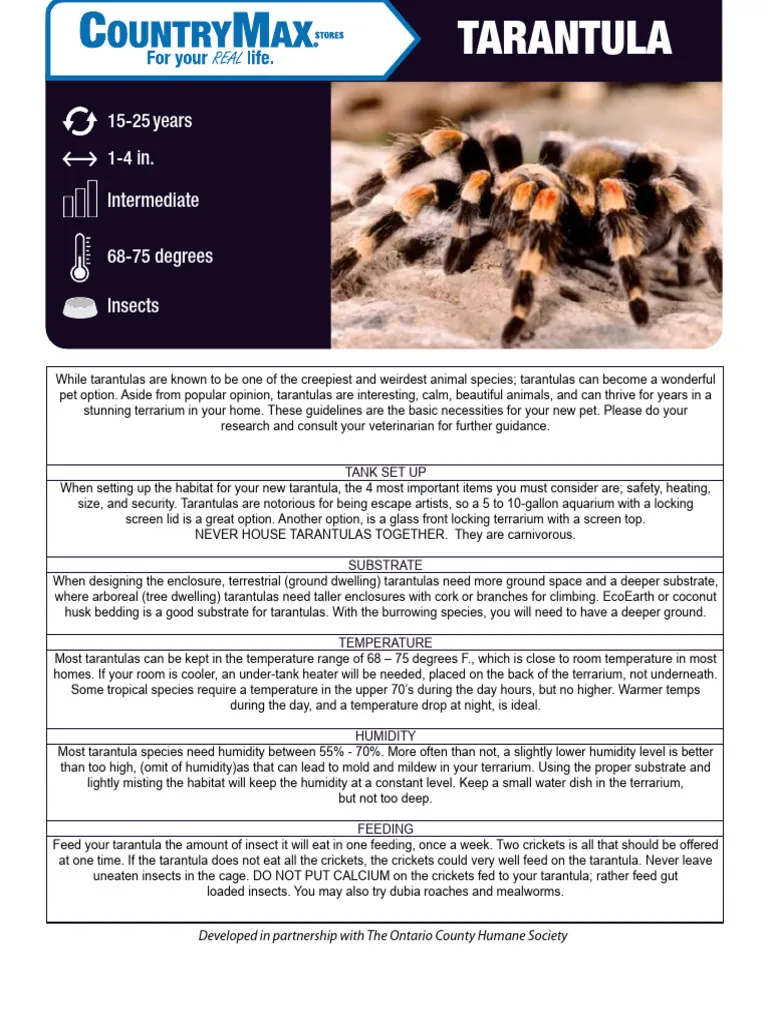
Caring for a Balfouri tarantula can be a rewarding experience for any pet enthusiast. Understanding their origins and specific needs, and following the care tips outlined in this guide, will allow you to create a thriving environment for your tarantula. From housing and environmental control to feeding and safety, each aspect plays a crucial role in their health and well-being. By committing to these practices, you can enjoy the unique beauty and behaviors of your Balfouri tarantula for years to come, fostering a healthy and enriching experience for both you and your fascinating pet.
